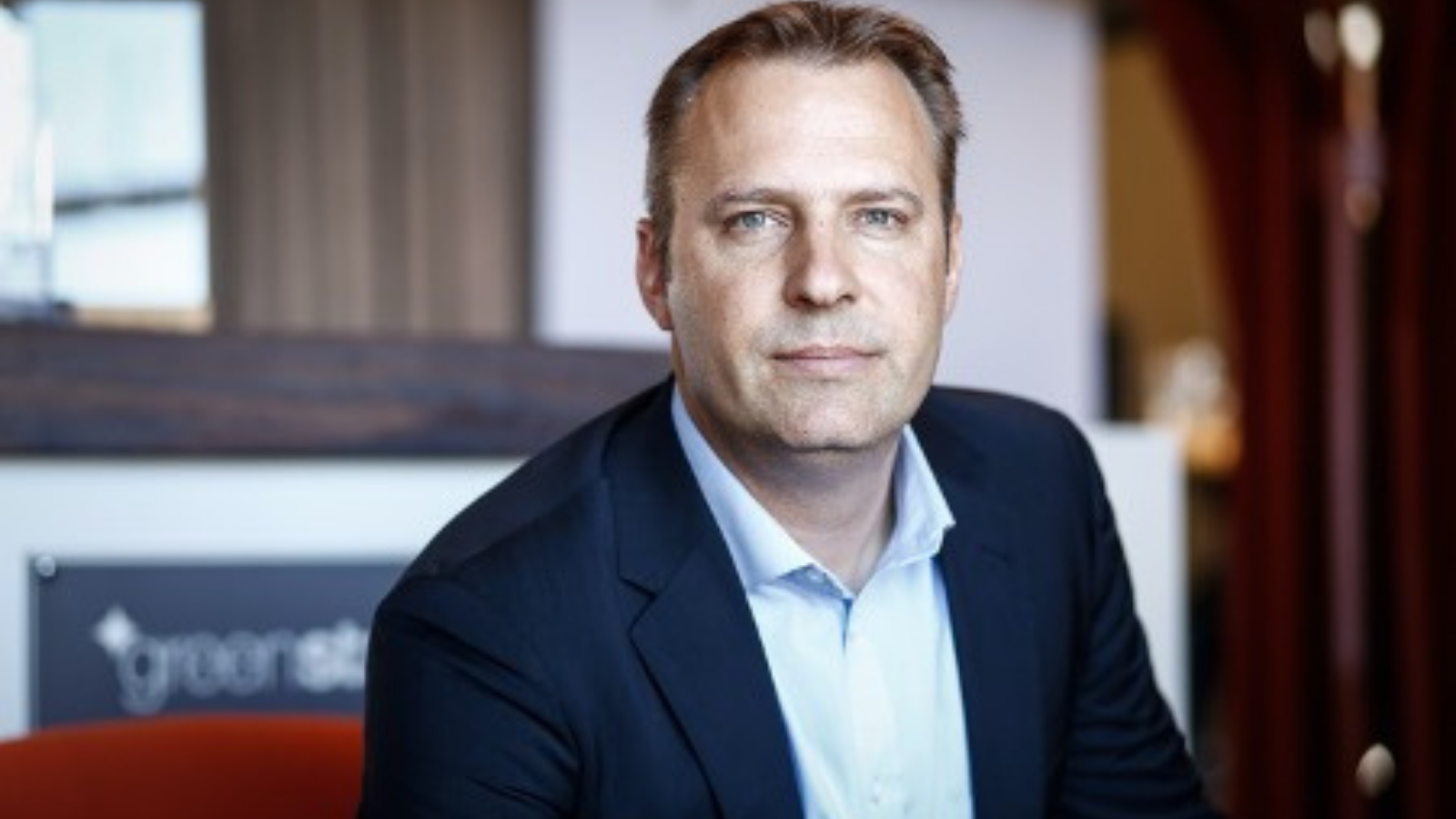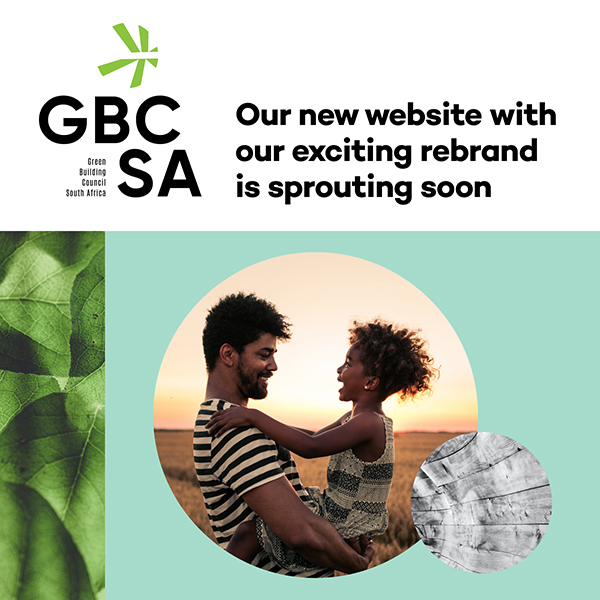
Meet the Members: In Conversation with Manfred Braune
December 07, 2020
Our GBCSA board member Manfred Braune is the Director: Environmental Sustainability at the University of Cape Town (UCT). He answered our questions to give us a better idea of his work, the environment and what inspires him.
Where do you go for inspiration?
My inspiration comes from multiple sources, but the four most dominant ones are:
- Nature: spending time outdoors or watching nature, whether it is for a walk, surf, skate or just observing nature, in all of these activities connecting with nature are an inspiration for me.
- Family, friends, and colleagues: I enjoy spending time with others, and am inspired by the positive things they do and say. I am inspired by connecting with family, and by building my relationship with my wife and two daughters.
- The Creator, God: I enjoy connecting with God, and growing my relationship with Him, who inspires me daily, both directly through my walk with Him and through His beautiful creation.
- Innovation: I enjoy innovating and being inspired by other innovations, whether technological, social or economic. There are so many incredible ideas and innovations out there that can do good and are incredibly inspirational.
What is the best part of your work day?
There are many, but it is typically when connecting with colleagues, students or industry folk on something in a personal way on common objectives, or even just socially, and when there is progress and milestones are reached on significant projects or programmes.
Outside of work, the best part of the day is coming home to see and connect with my wife and daughters, and our very affectionate cat, Fifi 😊.
What achievement are you most proud of?
I would not say proud, but rather privileged: It has been an incredible privilege playing a significant role amongst many other leading professionals in South Africa establishing and growing the green building standards and driving change in this sphere of the built environment, whilst at WSP Green by Design and GBCSA, and now at UCT. There is still so much to do, so I’ll keep working on it!
What do you think is the most urgent global environmental challenge facing us?
There are so many enormous environmental challenges that we face, but most of these can actually be solved and practical solutions already exist to solve them. The real challenge that is common to them all is getting people to understand the issues fully, getting them to want to do something about it, and as a result, getting people to make critical decisions that will support environmental sustainability. Getting more committed citizens and leaders on board is essential – without this, all the amazing solutions being led by a few solitary leaders and citizens will only affect small isolated pockets of the environment and society.
What do you feel is the biggest issue in the green building industry that we have to overcome, and any ideas on where to start in tackling it?
Building environmentally sustainable buildings (what we call green buildings) is still voluntary in South Africa with the main market driver for green buildings in South Africa still being market competitiveness and the desire to obtain energy and water cost savings. The biggest issue is thus in my opinion that only a small group of property owners and organisations are building and operating environmentally responsible buildings, while this should actually be mandatory for everyone. Regulations must be developed rapidly to ensure that all buildings are built and operated in an environmentally responsible manner. Environmentally responsible also means that these buildings are healthy, productive environments for people. Surely this must be mandatory.
One of the challenges related to this is that South Africa’s standards development relies heavily on volunteers from industry and does not have adequate internal research, technical and project management capacity to drive the development of such new desperately needed standards forward.
There is also an enormous gap between policy and implementation, with a lot of ambitious, positive policies in place but very little capacity to implement these policies.
These are some of the greatest challenges facing the advancement of environmentally responsible buildings in South Africa.






